I have an implementation as follows:
There is a payment form wherein user fills all the details.(API1), here I'm getting an error 302:
On submit of that form one of the function in my views is called.
In the backend implementation ie. in
views.py, I want to send a POST request to one of the gateways I have integrated.(API2)
But the problem is coming as the request is going as GET and hence it is dropping all the form data I'm sending along with the request.
Following is the code.
views.py -->
headers = {
'Content-Type': 'application/x-www-form-urlencoded',
}
payload = {
'CustomerID': 'abc',
'TxnAmount': '1.00',
'BankID': '1',
'AdditionalInfo1': '999999999',
'AdditionalInfo2': 'test@test.test',
}
payload_encoded = urlencode(payload, quote_via=quote_plus)
response = requests.post('https://www.billdesk.com/pgidsk/PGIMerchantRequestHandler?hidRequestId=****&hidOperation=****', data=payload_encoded, headers=headers)
content = response.url
return_config = {
"type": "content",
"content": redirect(content)
}
return return_config
How do I send the 2nd request(API2) as POST request along with all parameters? What am I doing wrong here?
Thank you for your suggestions.

